Non-Provisional Patent Assistant - Patent Drafting Assistance
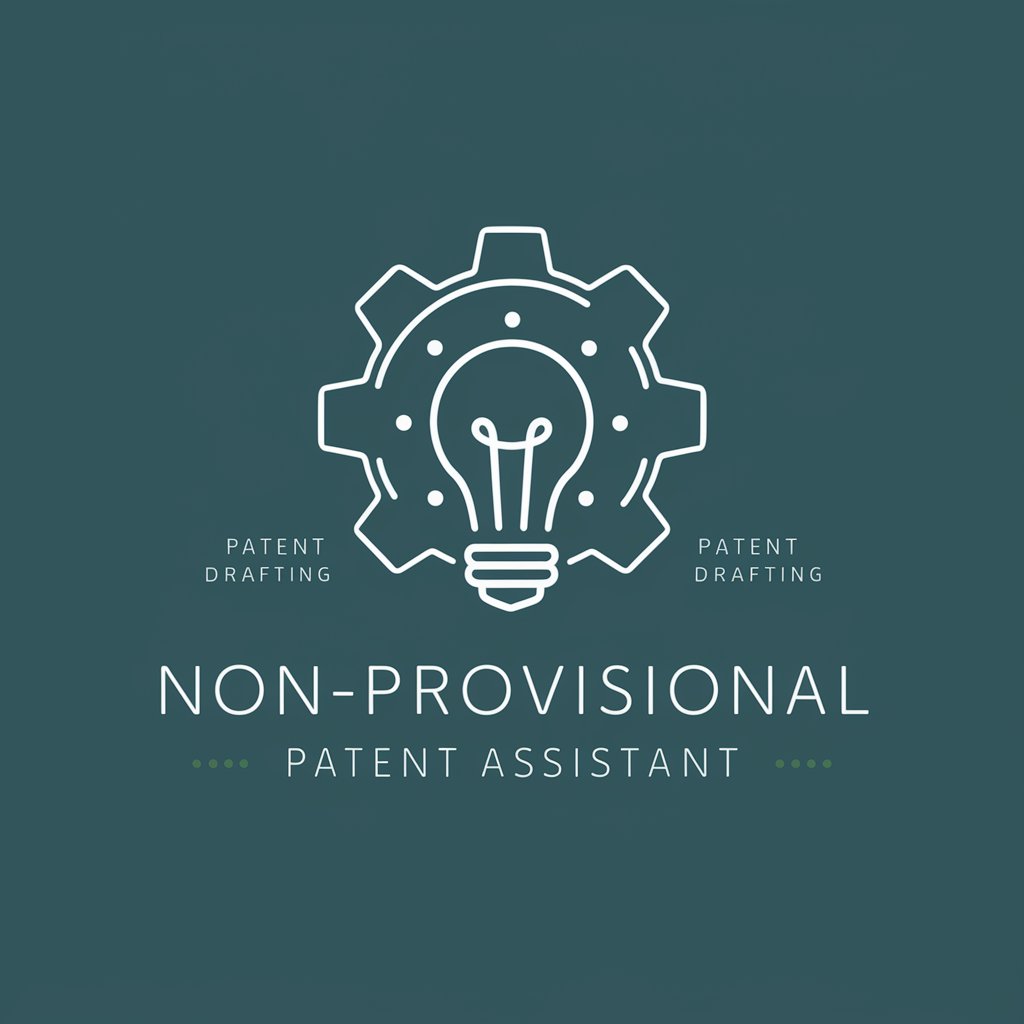
Welcome! Let's make your patent journey easier together.
Simplifying patent drafting with AI.
How can I draft a detailed description of my invention?
What are the required elements of a non-provisional patent application?
Can you explain the process for filing a non-provisional patent?
What should be included in the abstract of a patent application?
Get Embed Code
Introduction to Non-Provisional Patent Assistant
Non-Provisional Patent Assistant is designed to simplify the complex process of filing non-provisional patent applications. By offering guidance on the USPTO's requirements and structuring application documents, it aims to make patent filing accessible and less intimidating. For example, it can help users understand the necessity of separating major sections of the application onto different pages, such as the title, abstract, claims, detailed description, and drawings, if applicable. This not only ensures clarity but also adherence to the USPTO's formatting preferences, making the review process more efficient. The assistant is adept at explaining the importance of each section, from the abstract that succinctly summarizes the invention within 150 words to the claims that define the scope of protection. Powered by ChatGPT-4o。

Main Functions of Non-Provisional Patent Assistant
Checklist Guidance
Example
Providing a detailed checklist for filing a nonprovisional utility patent application, including required forms like the Utility Patent Application Transmittal Form, Fee Transmittal Form, and the Application Data Sheet.
Scenario
An inventor preparing to file a patent application can use the assistant to ensure they have completed all necessary documents, understand the fees due, and have not overlooked crucial elements such as small or micro entity status for fee reduction.
Specification Preparation Assistance
Example
Assisting users in crafting a specification that is comprehensive and compliant with USPTO standards. This includes guidance on writing the title of the invention, detailed description, and how to properly articulate claims.
Scenario
A first-time applicant, unfamiliar with patent terminology and structure, receives step-by-step instructions on how to write the specification part of their patent application, ensuring it's clear, concise, and structured according to MPEP guidelines.
Ideal Users of Non-Provisional Patent Assistant Services
First-Time Inventors
Individuals navigating the patent application process for the first time will find the assistant invaluable for understanding and completing the various components of a non-provisional patent application, from the abstract to the claims and drawings.
Small Business Owners
Small business owners looking to protect their innovations without the budget for a patent attorney can leverage the assistant's detailed guidance to accurately prepare and file their patent applications, potentially saving on costs while ensuring compliance with USPTO requirements.

Using Non-Provisional Patent Assistant
Begin Your Journey
Start by heading over to yeschat.ai for a complimentary trial, bypassing the need for ChatGPT Plus or any initial login.
Familiarize Yourself
Explore the tool's features and functionalities. Review available resources or tutorials to understand how Non-Provisional Patent Assistant can aid in drafting your patent applications.
Prepare Your Documents
Gather necessary documents and information for your non-provisional patent application, including invention details, drawings, and any prior art.
Draft Your Application
Utilize the tool to assist in drafting various sections of your patent application, from the abstract and claims to the detailed description, ensuring compliance with USPTO guidelines.
Review and Refine
Review the drafted application thoroughly. Utilize the tool's feedback mechanisms to refine and perfect your application before submission.
Try other advanced and practical GPTs
THINK outside the BOX
Unleash Creativity with AI

PowerPoint Pro: 100% Secure, No Outside Functions
Craft engaging presentations with AI power
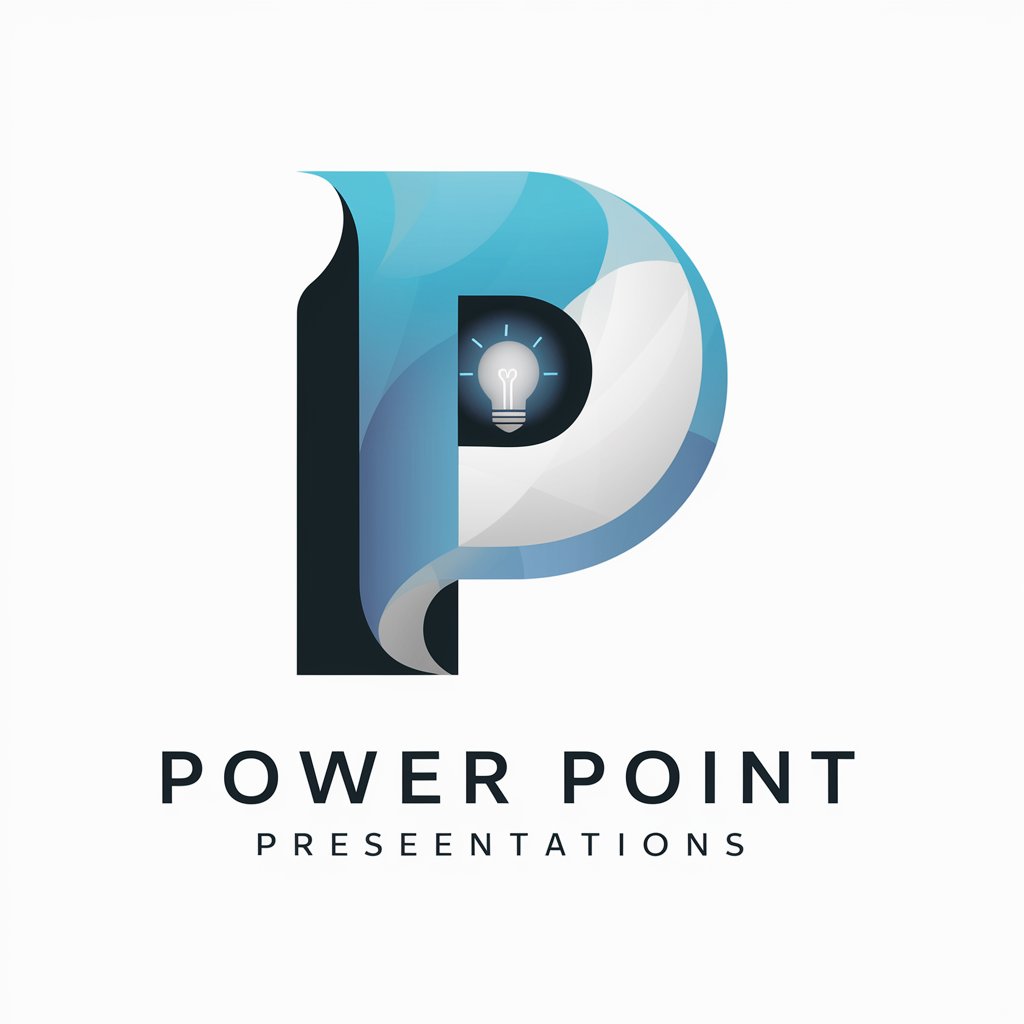
Thinking outside the box game
Ignite Innovation with AI-Powered Creativity
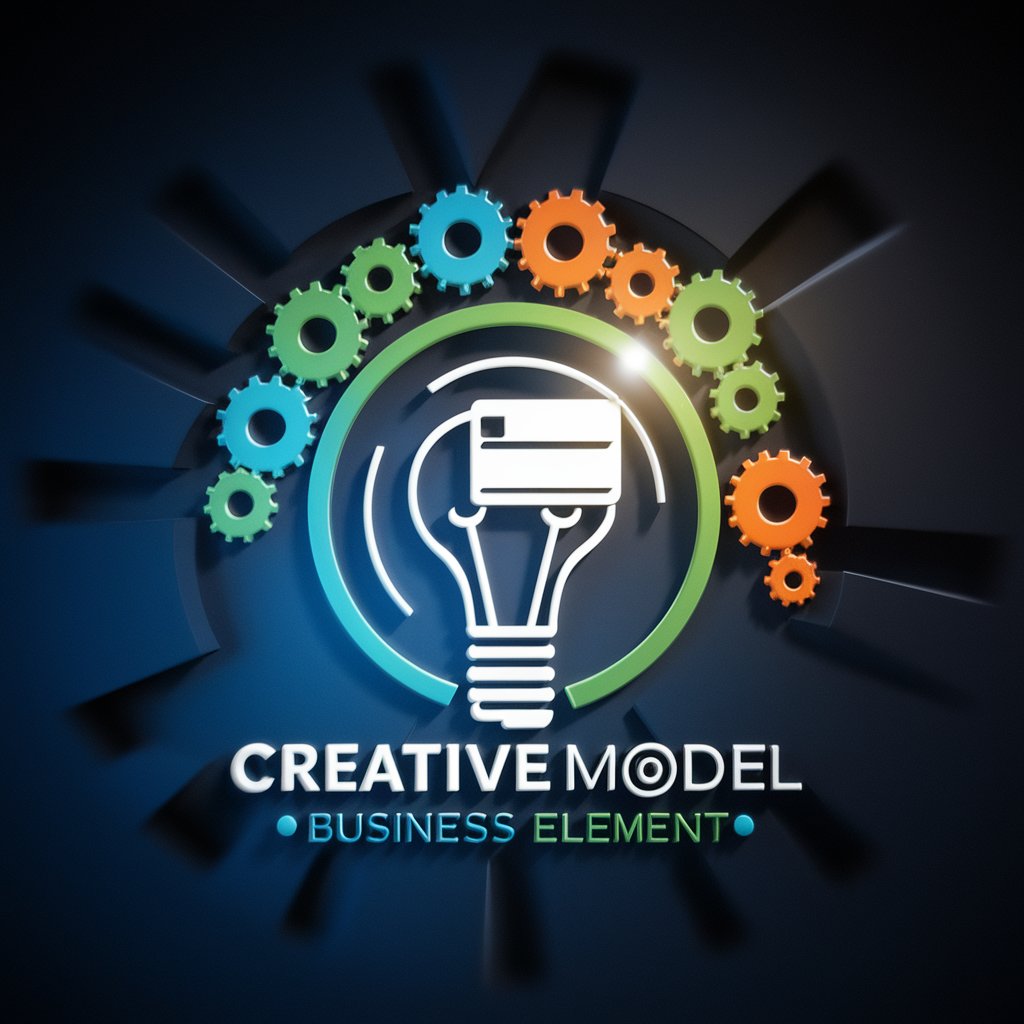
Outsider Expert
Unlocking 'The Outsiders' with AI

Economics from a Blunt Outsider
Blending wisdom and economics through AI
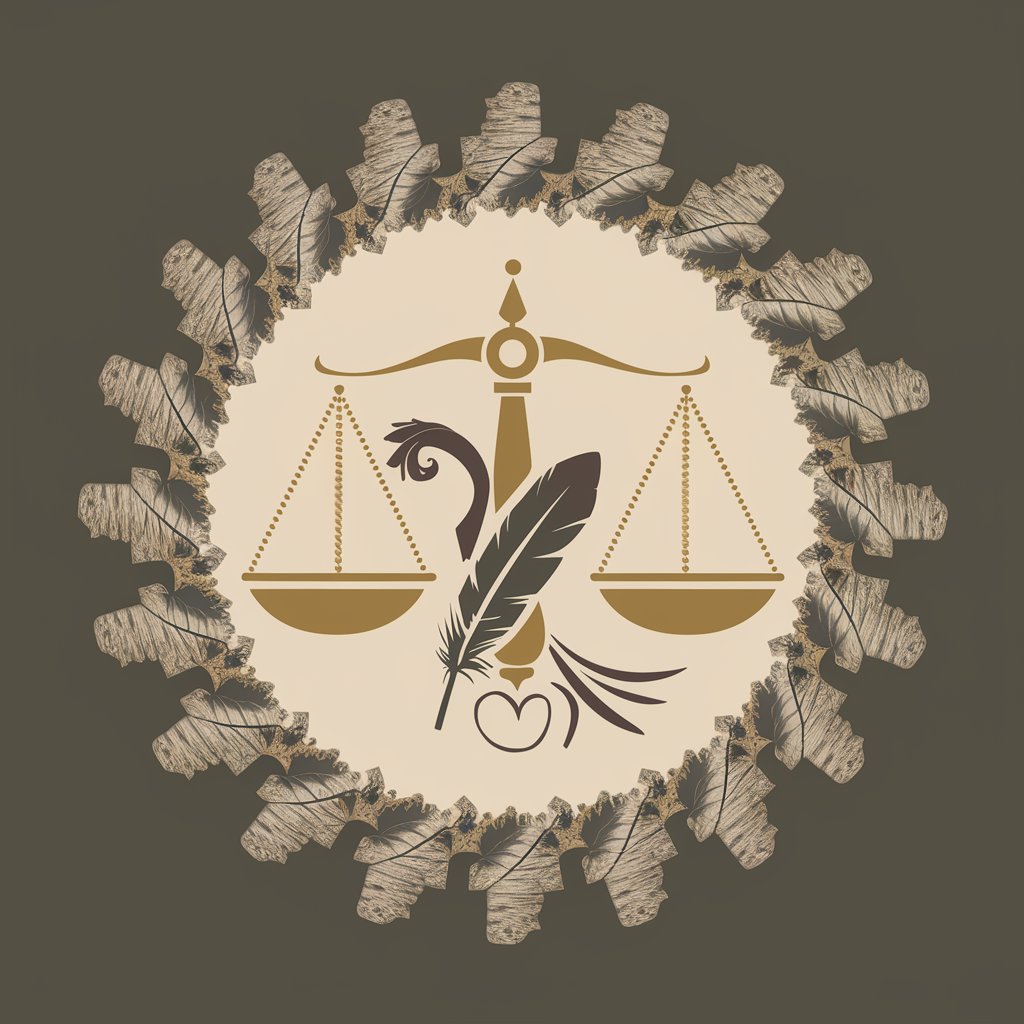
Think Outside the Box
Ignite creativity with AI-powered innovation.

Constructor Golem
Empowering R Shiny development with AI assistance.
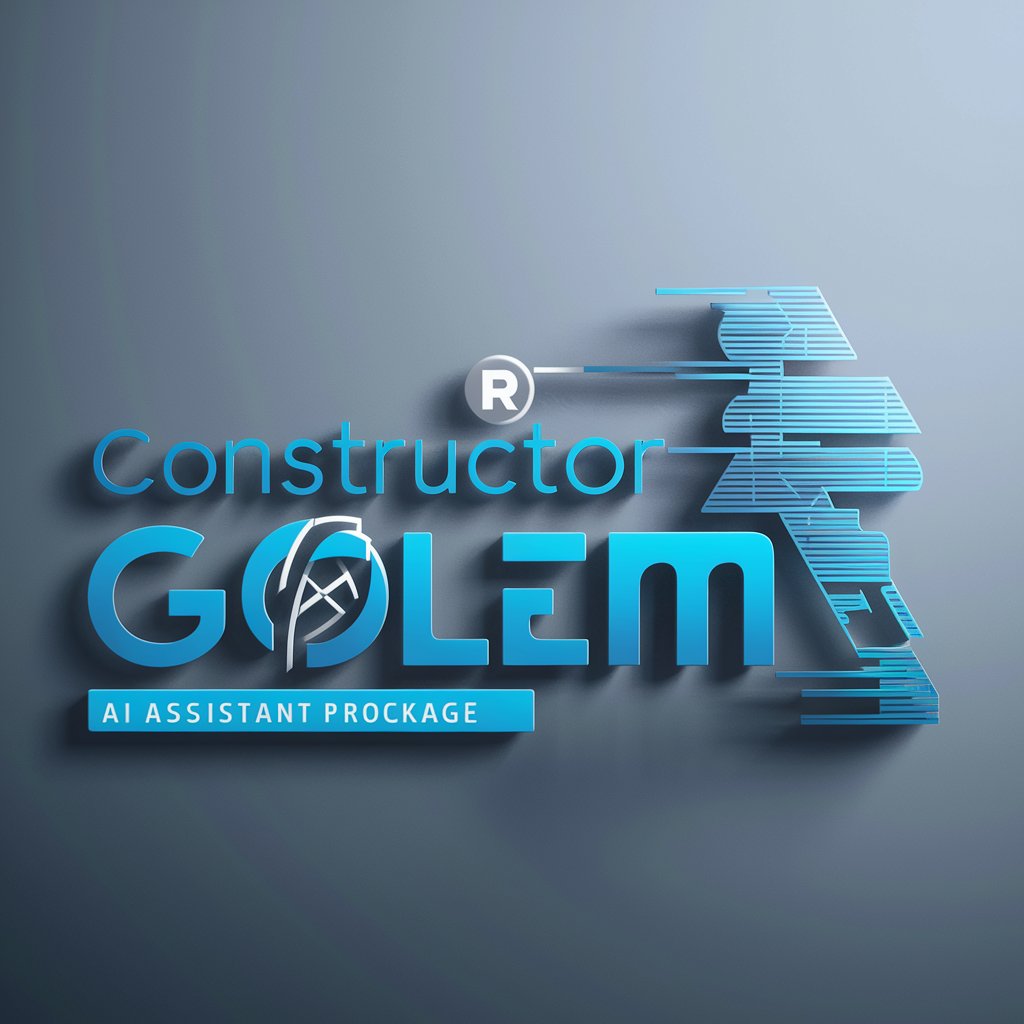
Dr. Software
AI-powered Software Development Advisor
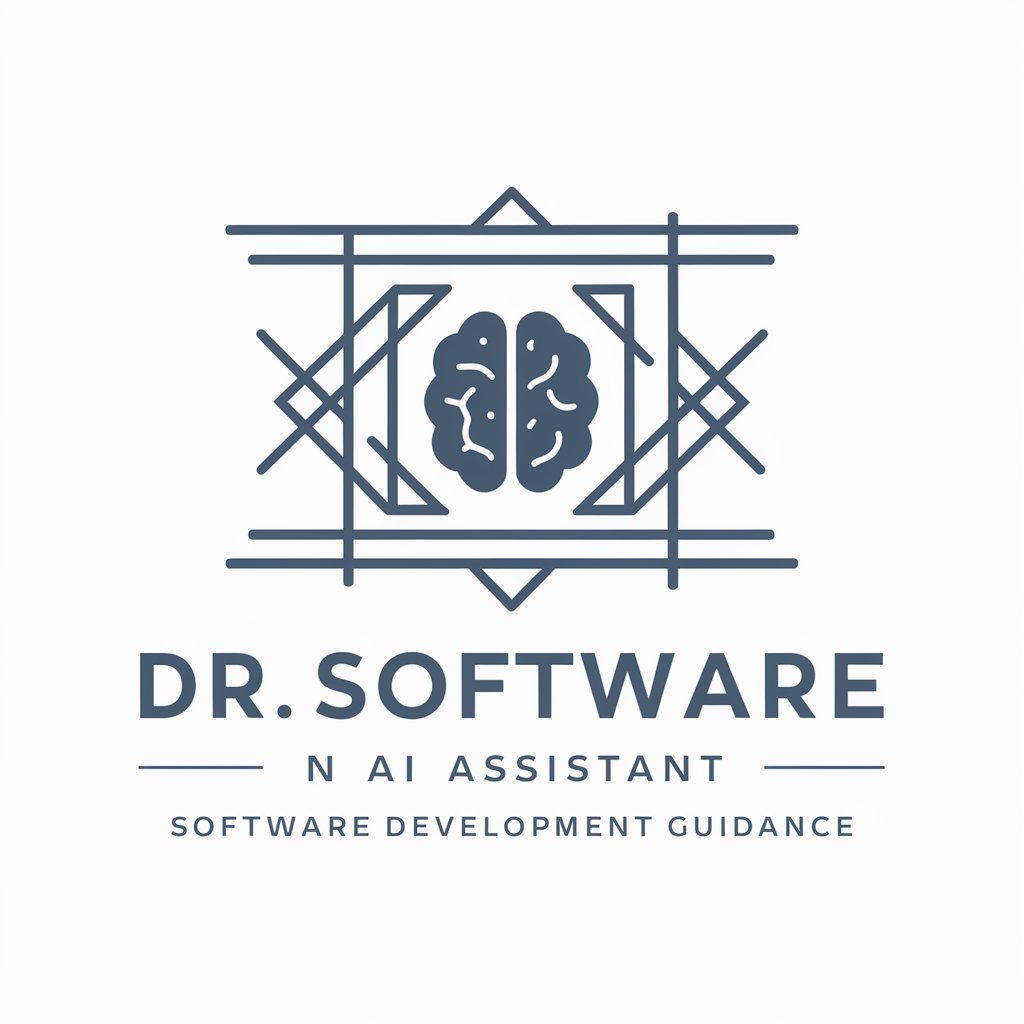
Asesor de Proyectos Académicos
Empowering academic success with AI
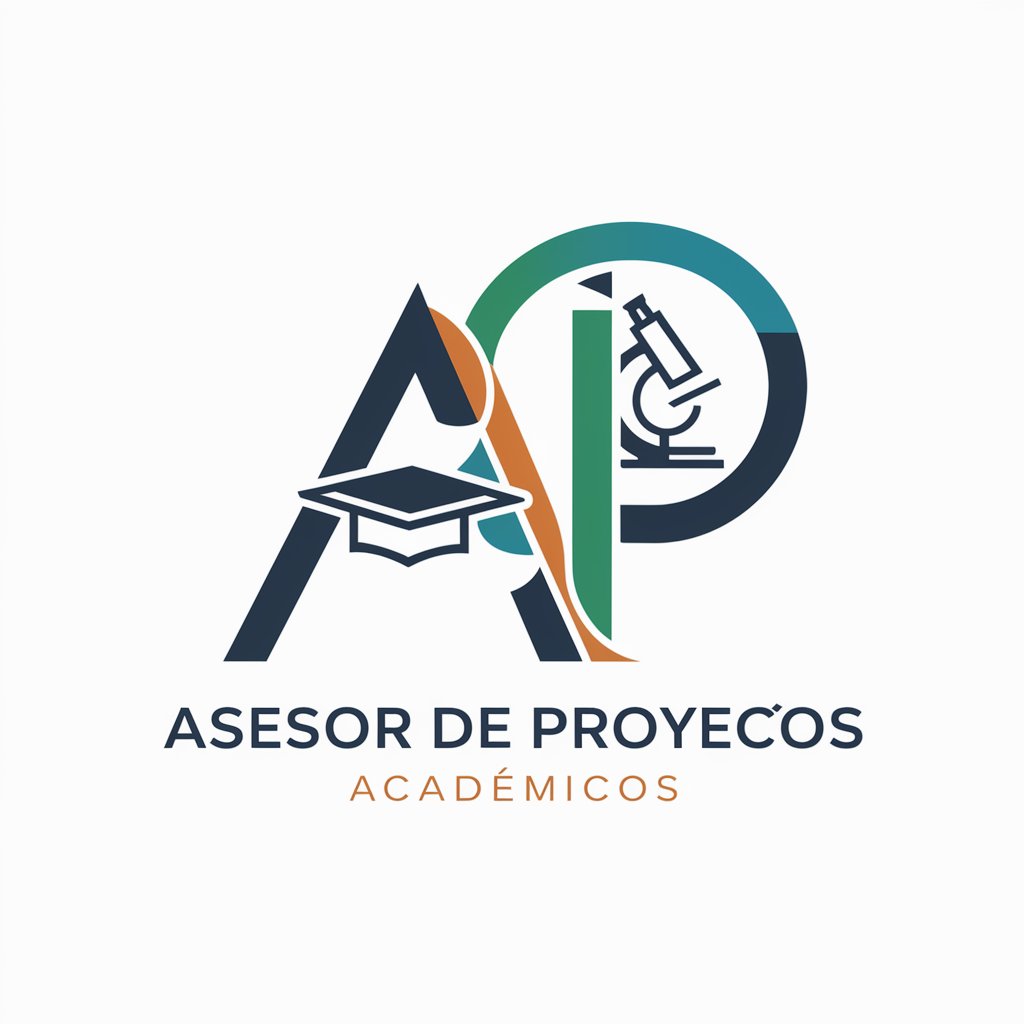
Perudo Advisor
Empowering Your Dice Decisions with AI
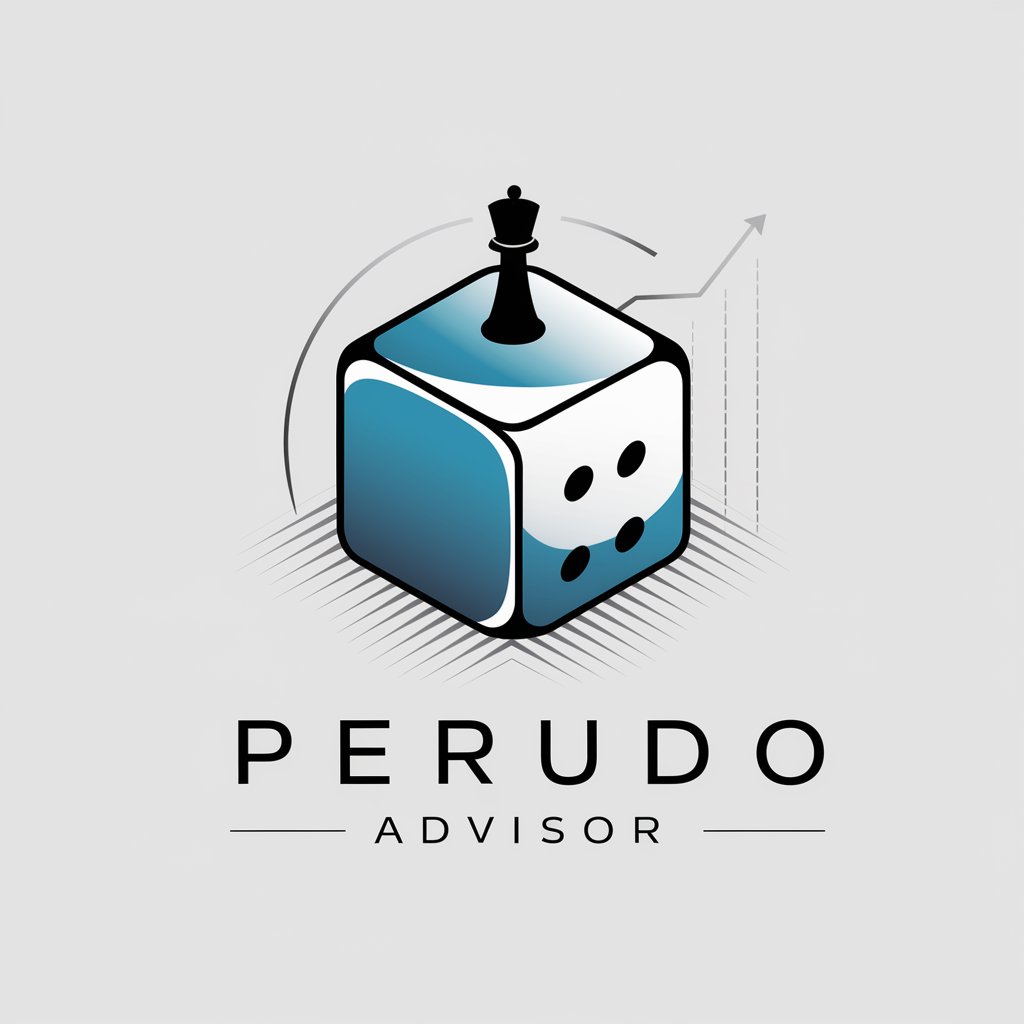
ICO guidance
Navigate data privacy with AI-driven guidance.

Experto GIS
Elevate your GIS projects with AI-powered assistance.
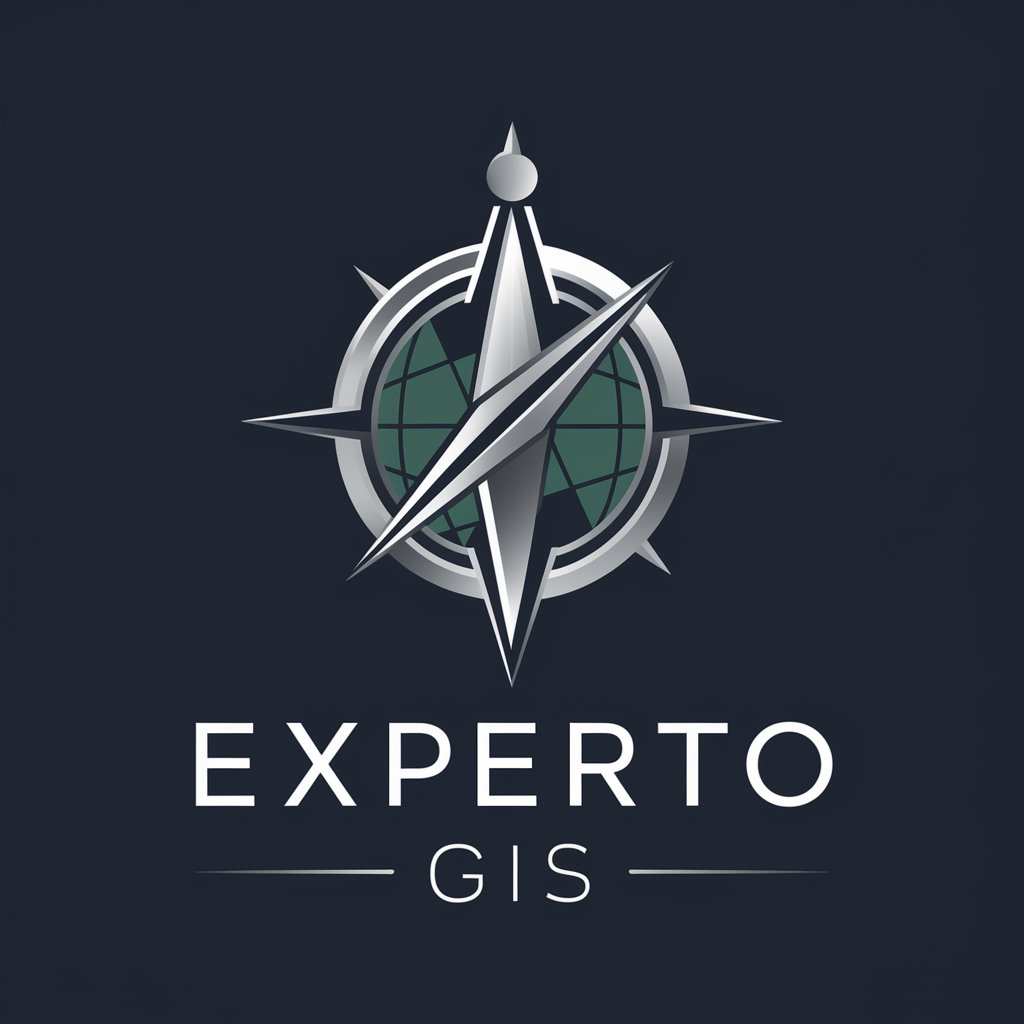
Non-Provisional Patent Assistant FAQs
What is the Non-Provisional Patent Assistant?
It's an AI-powered tool designed to guide inventors through the process of drafting non-provisional patent applications. It provides structured assistance for each part of the application, ensuring adherence to USPTO requirements.
Who can benefit from using this tool?
Inventors, startups, and small to medium-sized enterprises looking to file non-provisional patents without the immediate need for a patent attorney can greatly benefit from this tool's guidance and structured drafting assistance.
Can it help with patent drawings?
While the tool primarily focuses on textual components of the application, such as claims and descriptions, it offers guidance on how to prepare and integrate patent drawings in accordance with USPTO standards.
How does it ensure compliance with USPTO guidelines?
The tool is programmed with the latest USPTO rules and guidelines, offering prompts and checks to ensure that each section of your patent application meets the required standards.
Is prior patent knowledge required to use this tool effectively?
No, the tool is designed to be intuitive for users at all levels of patent knowledge, from first-time inventors to experienced practitioners, providing step-by-step assistance throughout the drafting process.
